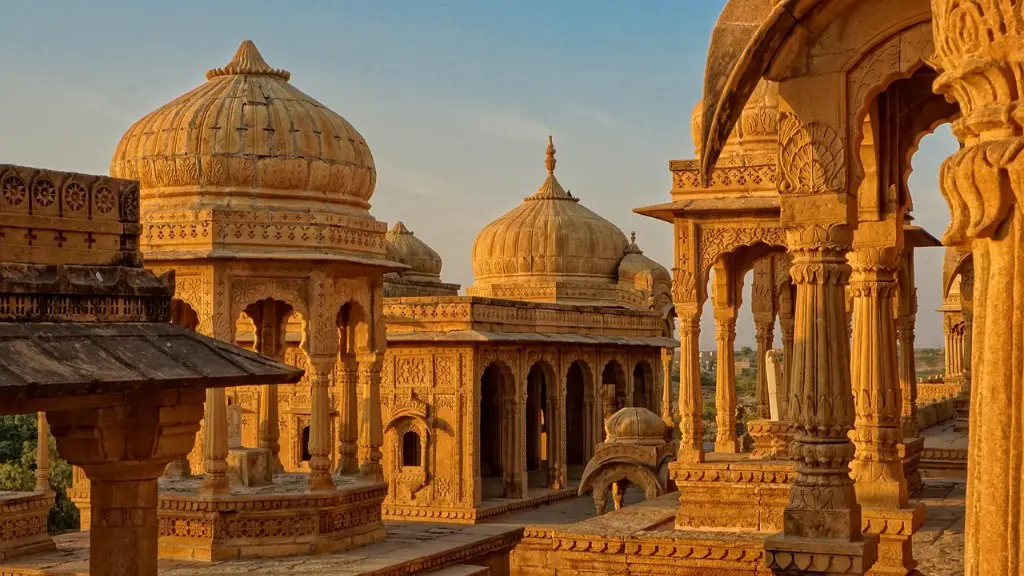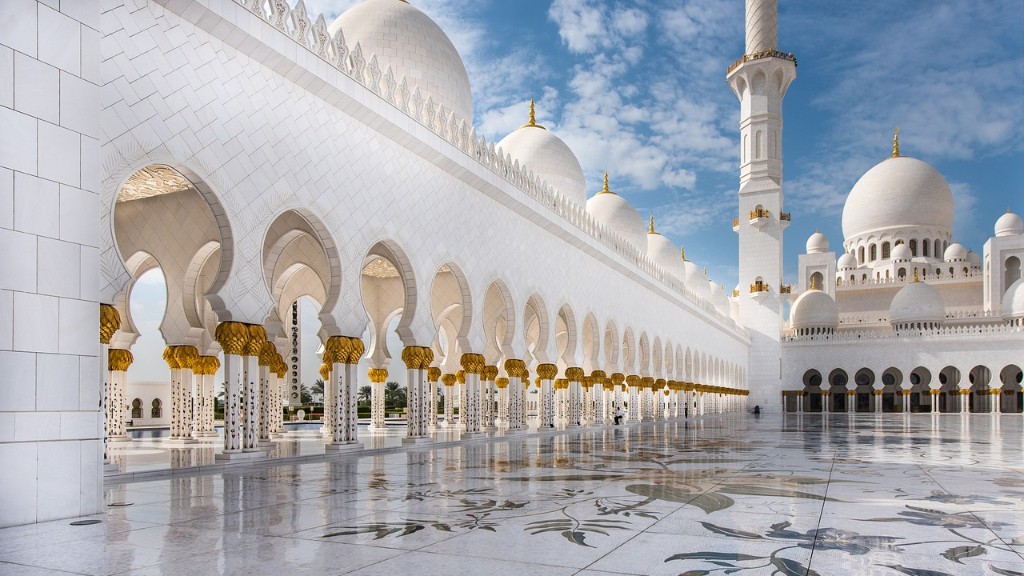What Is Landscape Architecture All About?
Landscape architecture is a form of art that combines science and ecology to design outdoor spaces. It involves manipulating natural and man-made elements to create beautiful, functional outdoor spaces. Landscape architects are responsible for analyzing, prioritizing and conserving natural resources, and also creating design solutions that bring people, nature and buildings into one cohesive and visually appealing space. Landscape architecture uses a wide array of media in its designs, including plants, landscape elements, terrains, structural elements, pavement materials, lighting and irrigation.
Unlike architecture and interior design, landscape architecture is a unique field requiring a special skillset. Landscape architects must have knowledge of horticulture, construction, environmental science, ecology, geology, soil and water conservation. They must also excel in creative problem-solving, concept development and graphic representation. Prospective landscape architects must first earn a Bachelor’s degree in landscape architecture, followed by an additional two-year program to receive certification.
Public parks, gardens and commercial developments all benefit from the expertise of landscape architects. These professionals ensure building projects comply with zoning and environmental regulations, while laying out a design that maximizes scope and efficiency. Landscape architects additionally strive to increase the longevity and sustainability of an outdoor space with plans that utilizes minimal resources, such as water and electricity.
Since landscape architecture combines visual elements with practicality, it is essential for landscape architects to have strong drawing, sketching and rendering skills to accurately convey project goals. Landscape architects also need to manage construction crews throughout the project and should be highly organized and well-versed in the construction process.
Importance of Sustainable Landscape Design
Sustainable landscape design (also known as green landscape design) is the practice of creating outdoor spaces that require minimal maintenance, conserve natural resources and don’t harm the environment. Sustainable landscape designs feature hardscaping elements such as permeable driveways and pavers, water-efficient irrigation systems, native and low-maintenance plants, energy-efficient lighting, rain gardens and native plants.
These designs help protect natural resources, reduce environmental damage, improve air quality and support wildlife conservation. Well-designed sustainable landscapes also enhance aesthetic appeal and property values, while consuming fewer natural resources. Sustainable landscape designs should be local, accommodate existing ground and be tailored to each property. Properly designed sustainable landscapes create a beautiful, cost-effective and ecologically responsible space everyone can enjoy.
Accomplishments of Landscape Architects
Landscape architects have created stunning outdoor spaces all over the world, including The High Line, an old railway line in New York that was reimagined as an elevated park. There is also Freshkills Park, once one of the largest landfills in the United States, now a 2,200-acre transformative space. Additionally, the Angkor Wat, a vast temple complex in Cambodia established in the 12th century, is one of the world’s most grandiose and breathtaking landscape works of architecture.
In the US, landscape architecture has had a major impact in cities such as Copenhagen, Massachusetts, San Antonio and Denver. In fact, the American Society of Landscape Architects recently published ‘Five Landscape Visions to Transform America’. This includes projects focused on sustainability, public green spaces and civic economies.
Trends in Landscape Architecture
Increasingly, landscape architects are prioritizing ecological restoration and historical preservation. Besides biodiversity and sustainability, landscape architects must additionally consider population growth and climate change when designing outdoor spaces. Smart growing technologies, such as vertical gardens and aquaponics, are also used to optimize growing conditions and increase urban green spaces.
Landscape architects are also experimenting with biophilic designs, which incorporate natural elements into the built environment. This concept helps to reconnect people with nature, reduce stress, create better indoor air quality, reduce energy use and improve overall well-being. Other approaches employed by landscape architects include restorative landscapes which prioritize positive environmental affect, and livable landscapes, which attempt to merge human habitats with natural surroundings.
Careers in Landscape Architecture
One of the advantages of studying landscape architecture is that there are many career paths to pursue. Depending on interest, landscape architects may work with in government, architecture firms, landscaping contractors, universities or non-profits. Others may choose to become self-employed and open their own design consulting firms.
Landscape architecture offers a lucrative career for those that have the necessary education and certifications. The median salary for a landscape architect stands at $71,090 a year, whereas the top 10 percent of earners make over $122,410. Additionally, the landscape architecture field is currently experiencing a surge in growth, with an expected job growth rate of 6.2 percent by 2026.
How Landscape Architecture Helps Communities
The benefits of landscape architecture are vast, both in terms of improving the environment and quality of life. Public green spaces and parks designed by landscape architects help to bring communities together and promote harmony by connecting people with nature and one another. Landscape features, such as bike tracks and walkways, promote healthier living and help preserve natural resources. Moreover, utilizing native plants and species help to protect local wildlife and promote biodiversity.
Modern landscape architecture is also leading the way in urban development and renewal. Grassroots projects allow citizens to actively participate in transforming their outdoor spaces into communal, sustainable and beautiful areas. This provides citizens with an opportunity to voice their opinions and create the spaces they need and want.
Conclusion of Landscape Architecture Projects
From eco-friendly designs to historical preservation, landscape architecture offers limitless possibilities for making the world a better place. The unique blend of art, science and problem-solving skills landscape architects have can provide the foundation for a thriving green economy. Landscape architects have a duty to future generations to preserve natural resources and create beautiful, sustainable spaces. Ultimately, their commitment to their craft will shape our global environment for all of humanity.



